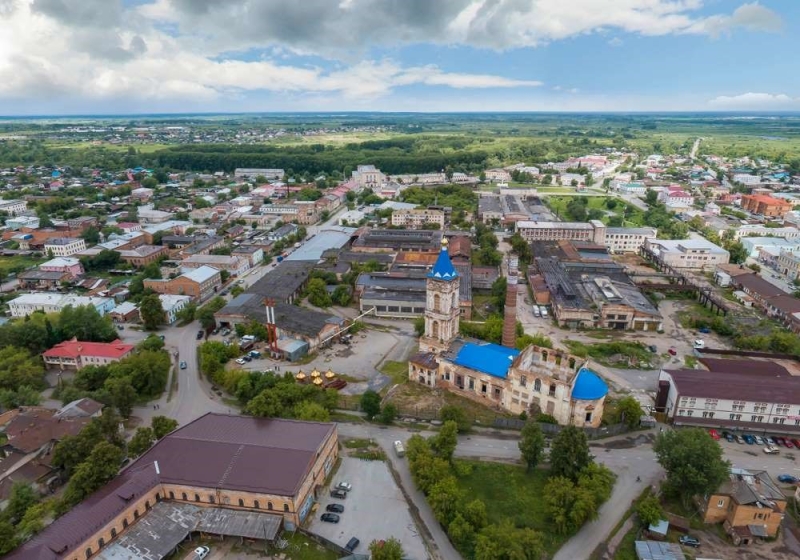
Irbeevskaya Sloboda arose in 1631, during the development of the Urals. It grew quickly and became a place of bargaining, first local, and then all-Russian. For centuries, the famous Irbit Fair took place here, to which merchants and overseas traders brought goods from all over the world. The merchants helped repel the attacks of the rebel troops of Emelyan Pugachev, built shopping arcades, gymnasiums and churches. Since the fair, the streets have been decorated with stone mansions in the Baroque style, shopping galleries, and a Gothic castle. Today Irbit is known as the Ural city-museum – here you can see original works by Durer and Rubens, wander through the fair districts and visit the amazing motorcycle museum.
How to get there
Plane tickets from Moscow to Yekaterinburg in April cost from 7,600 rubles round trip*. To cover the remaining 200 km to Irbit, rent a car from 4,000 rubles per day or hit the road by bus. The trip will take 4 hours, ticket price starts from 800 rubles per person.
Where to stay
In a small town there is not a lot of choice, but there are a couple of decent hotels in the center, for example, “Aktur”. The cost of a room with breakfast per person starts from 1900 rubles.
Where to go for a walk
The spirit of the fair Irbit is preserved by the old part of the city, where you can see the buildings of the late 18th-19th centuries: former hotels, trade buildings, the majestic Passage and the adjacent square, a church, gymnasiums and merchant mansions. Alas, you can no longer hear the multilingual roar of the pre-revolutionary fair with goods from all over the world: from mountains of Chinese tea to Siberian furs, English cloth and camel wool.
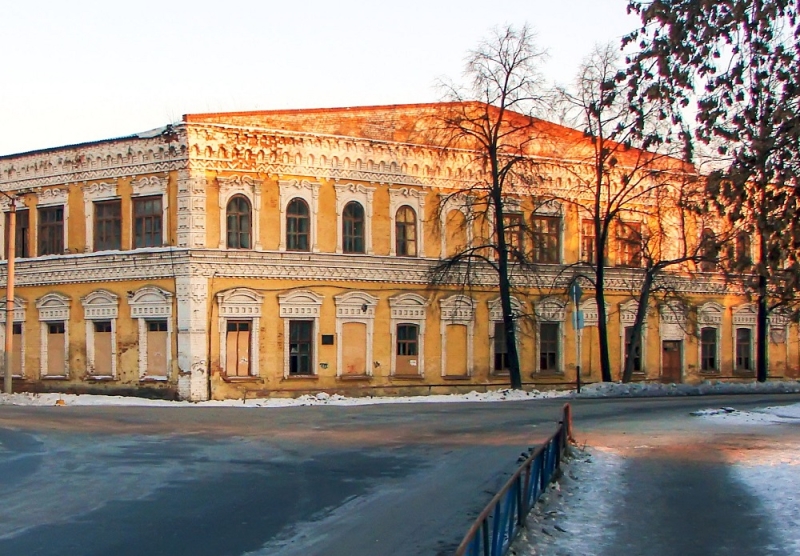
In the silence of the restored square, monuments to Vladimir Lenin and Empress Catherine II stand side by side. It was she who granted the settlement the status of a city in 1775 for “unshakable loyalty” during the Pugachev uprising. Then the merchants, at their own expense, armed the militia and did not allow the rebels to capture and plunder the settlement.
Around the fairground there are old hotels, banks, a copy of the first prison and the shopping Passage – a surviving symbol of the past, which was called “Nevsky Prospect of the Fair”. Regulars said: “Being at the fair and not visiting Passage is the same as being in Rome and not seeing the Pope.” The three-story building with galleries was opened in 1864. It was supposed that the theater would be located in the Passage, but the rent seemed high to the entrepreneurs, and the building was given to merchants. Four dozen stores offered Asian, European and Russian goods, from jewelry and wine to pianos from the German company Becker. A brass band played on the bridge, a restaurant was open, elegant people walked around, and charity evenings were held. Glorious fair past!
Near the square there is a quiet old park with wide poplar alleys and a cozy “Lilac Square”, where a bust of D. N. Mamin-Sibiryak is installed. The writer repeatedly came to Irbit and talked about the “real fair sea” in his works.
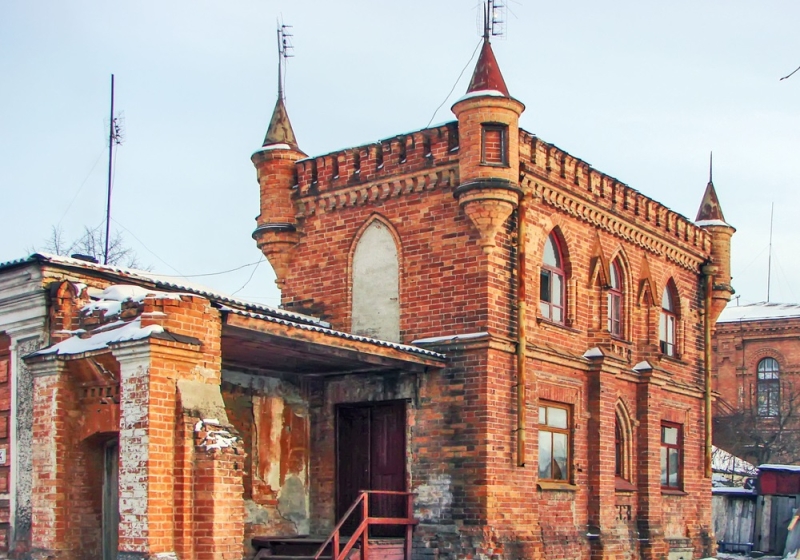
From the square it’s a three-minute walk to the miniature Gothic castle – an outbuilding of the house of the merchant Kolmakov. The four corner turrets, lancet windows and stone battlements of the early 20th century building are the dream of an art and music-loving tannery owner embodied in brick.
What to see
From the square in a few minutes you can walk to the Historical and Ethnographic Museum. It occupies two buildings a couple of blocks from each other. For symbolic money (a child’s excursion ticket costs 100 rubles, and an adult 150), guests will be given fascinating excursions: they will introduce the animal world and archeology of the region, talk about the history of the founding of the city, about that very decree of Catherine II, the fair and the Great Tea Route, crafts and life different classes.
Visitors will be shown all kinds of goods, a merchant’s living room, a gymnasium classroom, the decoration of a peasant hut, and even a prison cell in the basement of the museum. According to legend, Alexander Green, the future author of the romantic extravaganza “Scarlet Sails,” sat in a similar cell in the Irbit prison. One of the most interesting halls of the museum is “Charming East”. Chinese vases of the 19th century, miniature shoes, porcelain, tea ceremony items, Japanese figurines and a “mandarin” costume are on display here – miraculously preserved items from a bygone brilliant era.
Not far from the ethnographic museum, in an elegant building of a former shopping arcade, there is a Museum of Engraving and Drawing. This is the most popular branch among guests of the Museum of Fine Arts,famous for its outstanding collection of European graphics from the 15th to 20th centuries. The pride of the collection is the original works of the Renaissance genius Albrecht Dürer, the creations of the great Flemings Rubens and van Dyck, etchings by Rembrandt, portraits of Lucas Cranach the Elder, the Caprichos suite by Francisco Goya, etchings by Rembrandt and the French impressionists Edouard Manet, Pierre Auguste Renoir, Theodore Rousseau. Also presented here are painting masterpieces, including Peter Paul Rubens’ painting “Penitent Mary Magdalene with Sister Martha,” dating from 1615–1620. According to art critics, the artist’s best students, Anthony van Dyck and Jacob Jordaens, had a hand in the painting. The history of the acquisition of the canvas is interesting: almost half a century ago the Hermitage transferred it to Irbit as a copy of Rubens’ original. Only in 2012, during the restoration of the painting, was it possible to establish the authenticity of the masterpiece. For connoisseurs and connoisseurs deprived of the Munich Pinakothek and the Dresden Gallery of Old Masters, a visit to the Museum of Engraving and Drawing is a true joy of life. The ticket price is only 200 rubles for each exhibition.
In Museum of Ural Artin the house of the Kazantsev merchants, it is worth seeing the works of Misha Brusilovsky, Vitaly Volovich, German Metelev, Andrei Antonov, and works by Irbitsk artists. Paintings, graphics, sculpture and designer jewelry are presented.
In the old part of Irbit, find the former men’s gymnasium, and now the oldest school in the city No. 1, to look into the Museum of the History of Education. The building is almost 130 years old; the educational process during this time was interrupted only during wars. Admire the brick lace and the grand staircase with wrought iron railings and don’t forget to ring the bell—this was how students used to be called to class.
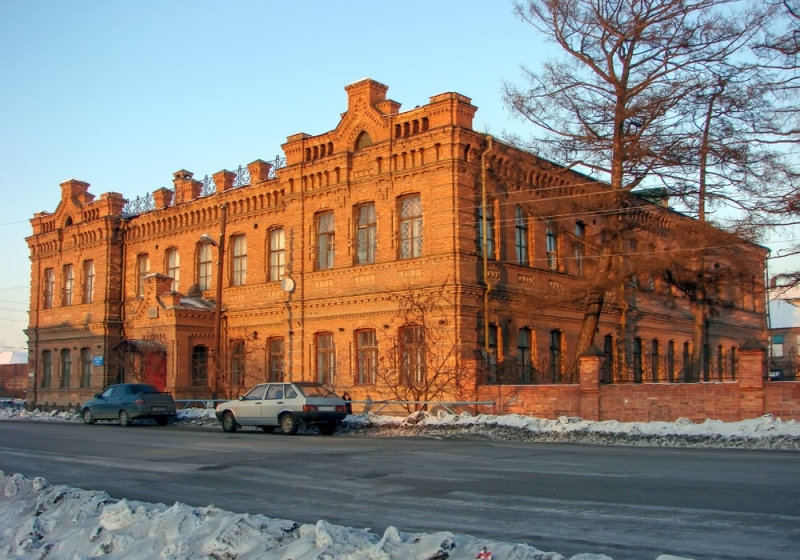
The cozy museum contains an interesting rare collection of physical instruments from the late 19th – early 20th centuries. In 1910, the gymnasium spent eight thousand rubles on equipment for the physics classroom, purchasing educational equipment in Germany and France. During the revolution, when the city was changing hands, the director of the gymnasium ordered the doors to the physical office to be walled up and saved the collection from looting. The story about the everyday life of the gymnasium and Soviet school is complemented by exhibits from past eras, among them the diary of a student at a city three-year school for the 1896-1897 academic year. It was discovered under the floorboards during renovations to the medical office; The “strict reporting” ratings in this document are not the highest, which is likely the reason for its deliberate loss. Excursions are free, but you need to check the schedule in advance and sign up with the school administration.
If you love antiquity, stories about the past and the warm atmosphere of a peasant hut, go to the private Museum of Folk Life. Here you can taste roasts and pancakes from the oven, get acquainted with the traditions of Russian tea drinking and examine the collection of more than three hundred samovars: from a hundred-gram “Egoist” to a giant 415-liter water heater. The exhibitions introduce the life and traditions of the indigenous inhabitants of the Urals – the Voguls (Mansi) – as well as the fauna of the region and examples of folk crafts. Thirty spinning wheels alone from different provinces of the Russian Empire are collected here. The cost of visiting is from 50 to 200 rubles.
In the modern part of the city there is the most famous in Russia Irbit State Motorcycle Museum, created on the basis of the Irbit Motorcycle Plant. He still produces the legendary Urals, although almost one by one. The collection of more than 150 motorcycles is based on basic and development models, as well as leading examples from the United States, Europe and Japan. Sports motorcycles on which world records were set are presented. If you dream of sitting behind the wheel of a racing or rare “iron horse,” this museum is for you. Ticket price is 200 rubles.
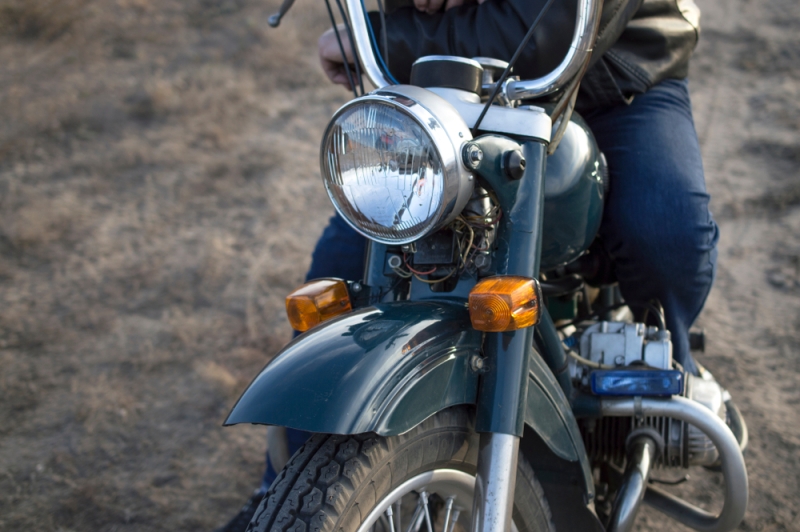
On the way back to Yekaterinburg, stop by the village of Nizhnyaya Sinyachikha near Alapaevsk. Here, in the open-air museum-reserve of wooden architecture, ancient chapels, peasant estates of the 17th-19th centuries, a watchtower, an inn and even a windmill are collected. In the huts and utility rooms you can see authentic household items of that time.
*Prices valid at time of publication

